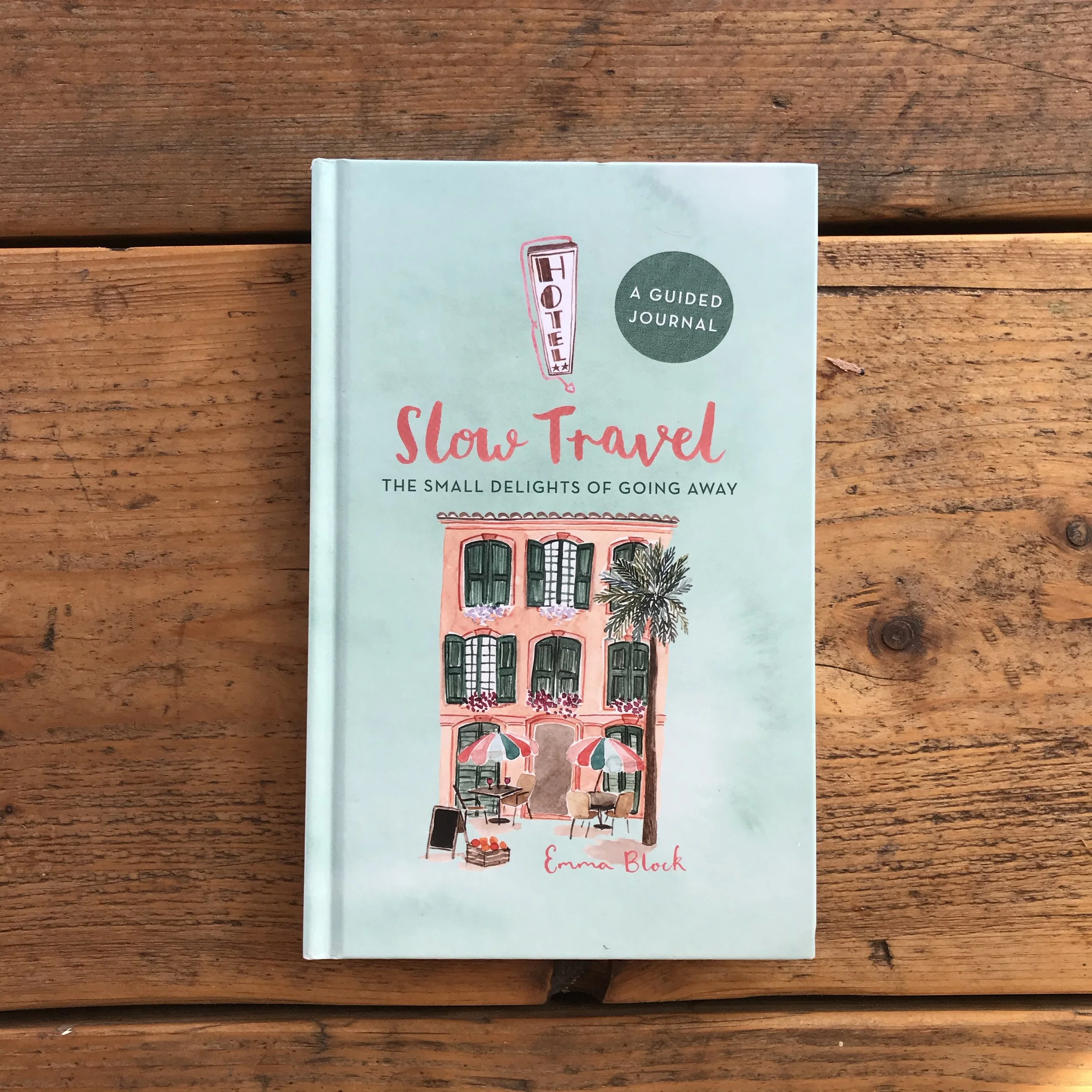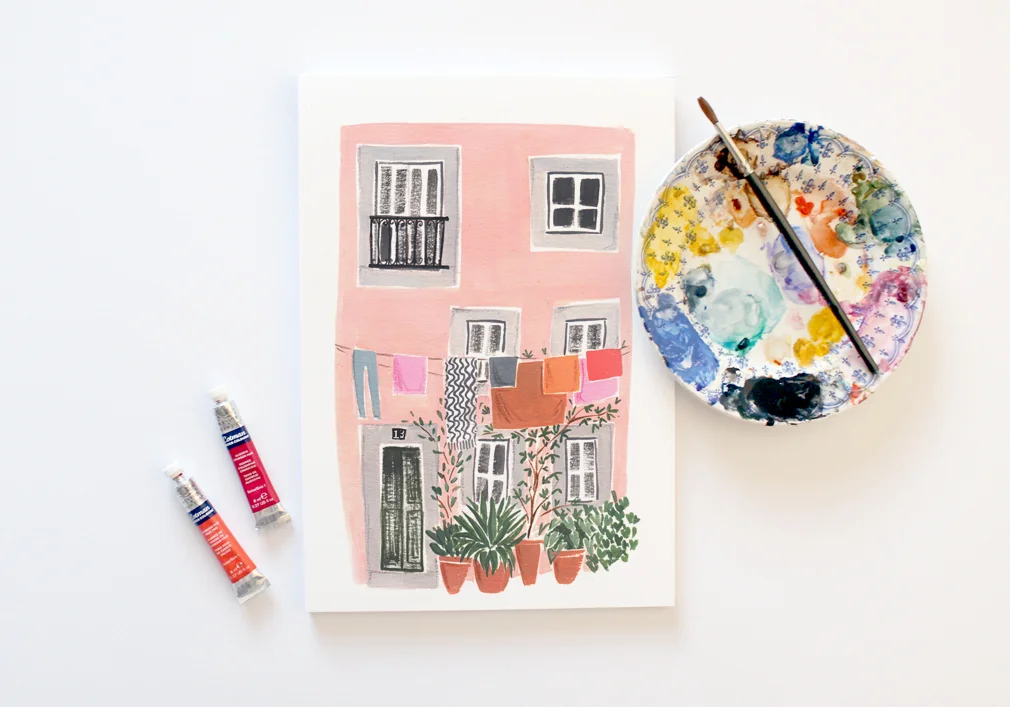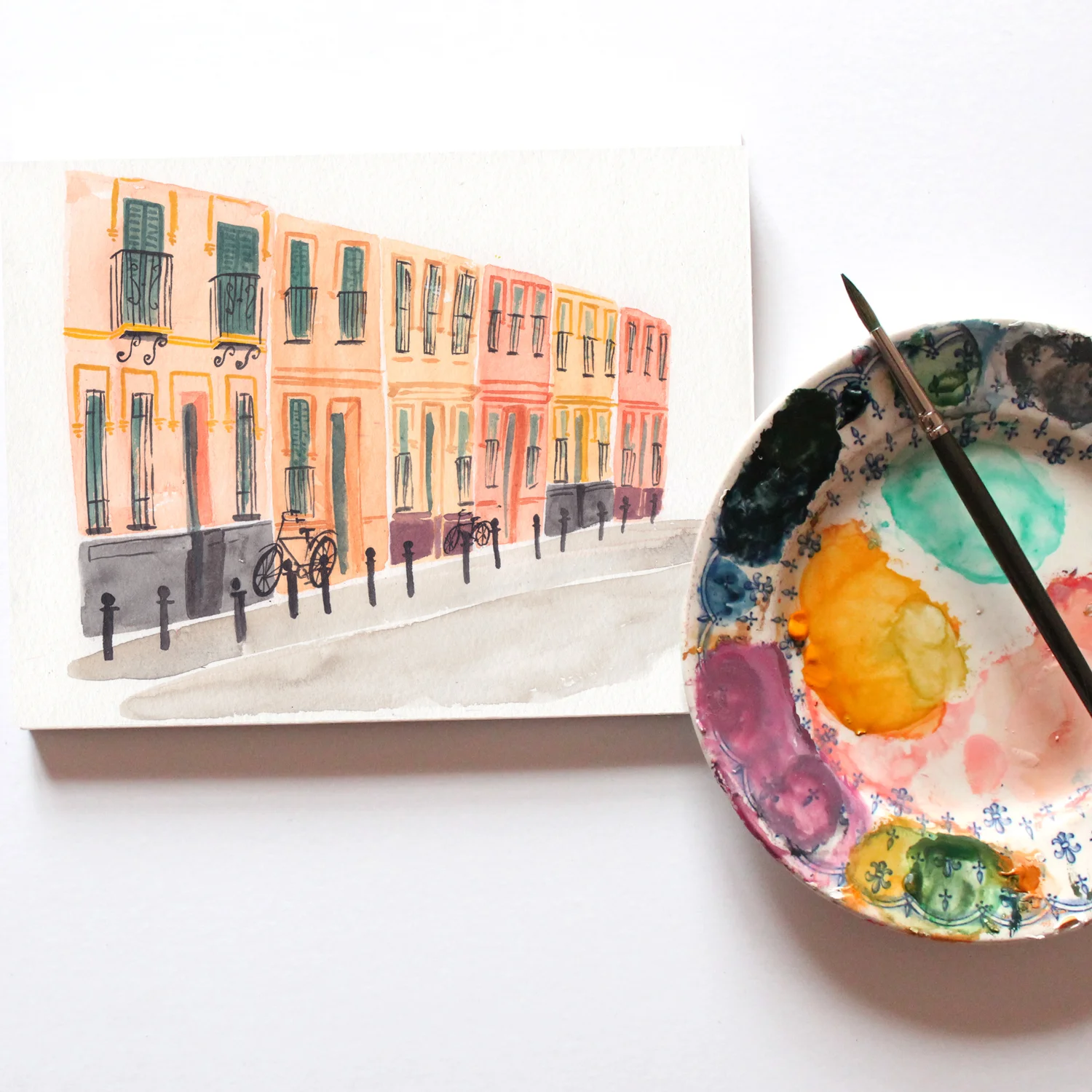
New Book - Slow Travel Journal
Slow Travel, a guided journal written and illustrated by me is now out! The journal is packed with thoughtful prompts and watercolour illustrations.

Top Tips for Slower Travel
Slow travel is all about slowing down and taking the time to make a real connection with the place you are visiting. It’s about spending time in one place, exploring your surroundings at a gentle pace and really relaxing, rather than rushing around in order to visit lots of different places.

A little Guide to the Suffolk Coast
I love Suffolk, I think it’s a little bit overshadowed by Norfolk as a mini break destination, but Suffolk has so much to offer. It’s only an hour and 10 minutes from London on the train and is full of beautiful villages and charming seaside towns.

A Little Guide to Sóller, Mallorca
My husband and I love a European city break, but I've realised in the rush to do and see as much as you can in three or four days it's not always that relaxing. We decided to book a springtime European getaway with a focus on slowing down and relaxing. Sóller in Mallorca was the perfect solution.

How to Sketch While You Travel
Is there anything more relaxing than sitting painting in the sunshine whilst on holiday? However it’s so easy to pack your paints and sketchbook in your suitcase and then leave them there all week! I’m definitely guilty of taking my art materials on holiday, but never actually using them. When you are on holiday and you’ve got a limited amount of time to do and see things it can be difficult to make time to sketch. Here are my top tips for making it happen.

A Little Guide to Lisbon
Lisbon has always been on my must visit list, so when I decided book a mini break as a treat for finishing writing my first book it was an obvious choice. I couldn’t wait to explore the cobbled streets and colourful alleyways of Lisbon.

Peru Part 2 - The Sacred Valley
On the second part of our Peruvian adventure we explored the Sacred Valley, including Ollantaytambo, Moray, Maras, Chinchero and Pisac.

A Little Guide to Seville
I’ve always had a fascination with Seville, probably because so many operas are set there. It has always seemed like the most romantic and mysterious of Spanish cities. So when we where looking for a city break that would provide a bit of winter sun and allow my husband to practice his Spanish, Seville was the obvious choice.

Honeymooning in Tulum
When it came to choosing our honeymoon destination we were looking for beaches, good weather and culture. I saw a picture of Mayan ruins over looking a stunning beach and we were sold. Two flights to Mexico booked.
